Discover California's history on display in Marshall Gold Discovery State Historic Park
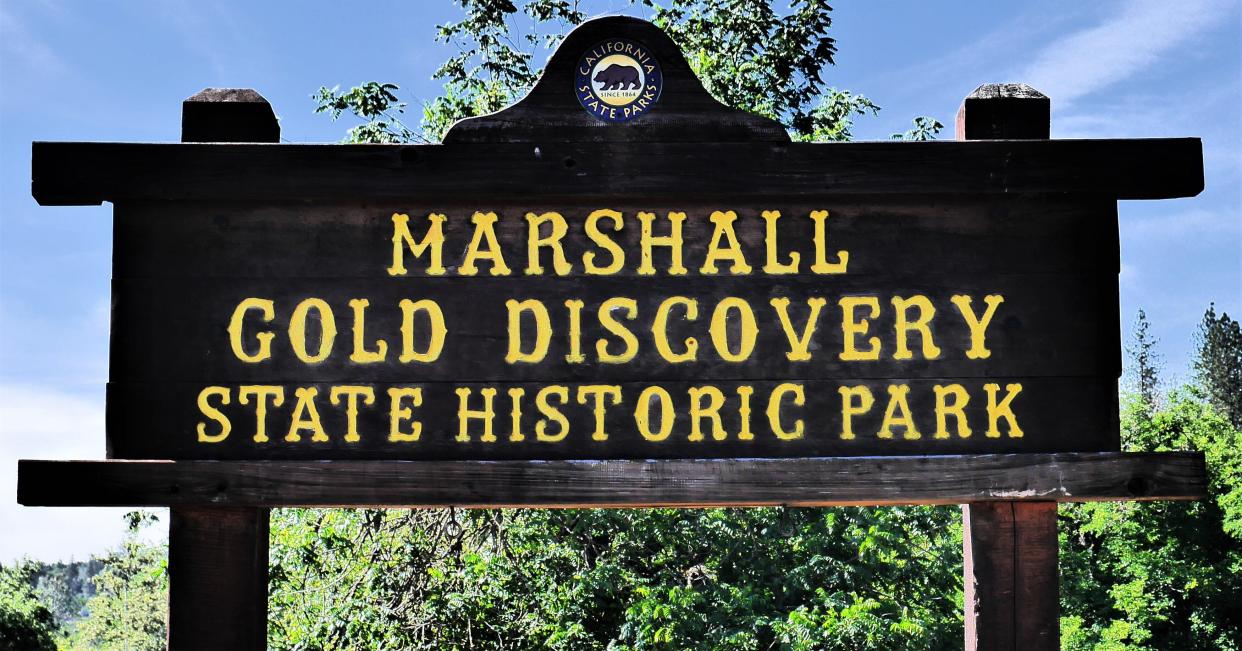
- Oops!Something went wrong.Please try again later.
Like many folks during the beginning stages of the coronavirus pandemic a couple of years back, I was worried about catching it. No one knew, at first, where it had come from (wink-wink), and we all had to be careful.
Made sense.
Using a mask when I peeked my head out of the front door, not seeing loved ones during special events or holidays, and pretty much not having any physical interaction with any humans became a way of life.
Laureen and I often sent loving texts from one side of the house during those dark days.
‘What would you like for dinner?’ she would ask.
‘Anything you have not touched,” would be my reply.
OK, maybe it wasn’t quite like that. Of course, we took precautions during the height of the Coronavirus invasion, but we did not — please, no hate mail — stop our lives.
We traveled and did what we could to continue a steady path of normalcy.
I traveled and wrote stories, though, to be honest, many had no contact with other human beings. I once entered a small town in the far reaches of southern Nevada when a person with a hazmat suit stopped me.
“Whoooasttea dooo yuuu want?”
Instantly, I activated my Star Trek voice translator and replied, “Can I interview someone about your lovely town?”
“Tharssss, aaa, paneeideemic, (undecipherable after this exchange).”
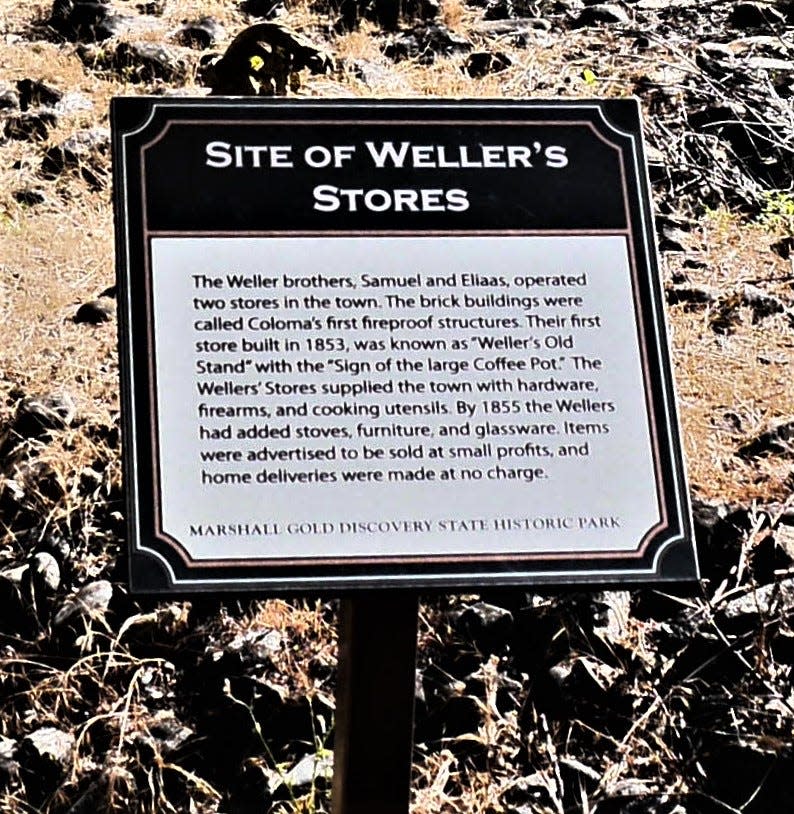
But one thing I did learn during the time I spent at home was one could learn great ways to make money by watching television.
Forget watching the stock market or investing in the housing market —it was all about buying gold.
Binging on television was the act for 2020 — and, I hate to admit this, Laureen and I did our share of binging. Of course, only the History Channel for educational purposes and never those other channels that offer seasons of "how I mistreated my maids" or "how I mistreated my maids’ maids."
We are way too sophisticated for those shows.
“Don’t you want to watch another episode of 'Buying Alaska'?” Laureen would ask.
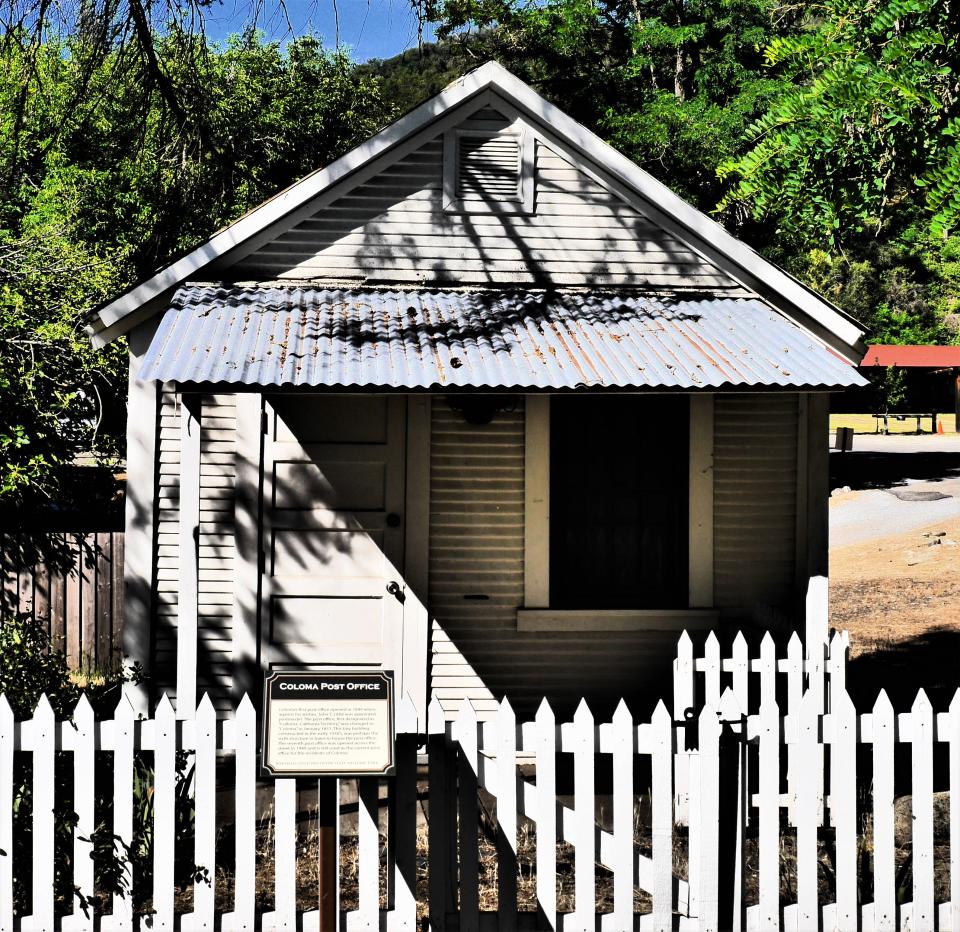
“I would never lower myself to that,” I would reply while checking when the next episode was about to appear.
But I did see the actor William Devane about a hundred times a day telling me that if I did not invest in silver or gold, I was dumber than Dumbo.
“We need to invest in gold,” I told Laureen over our landline.
“I’m sitting right next to you on the sofa,” she replied. “That’s not a landline. It’s a Subway sandwich you are talking into.”
“And it is quite tasty,” I said.
After watching this very wealthy actor tell us to invest in gold, it was decided that we should indeed invest in gold.
“So, how much are we investing?” Laureen asked.
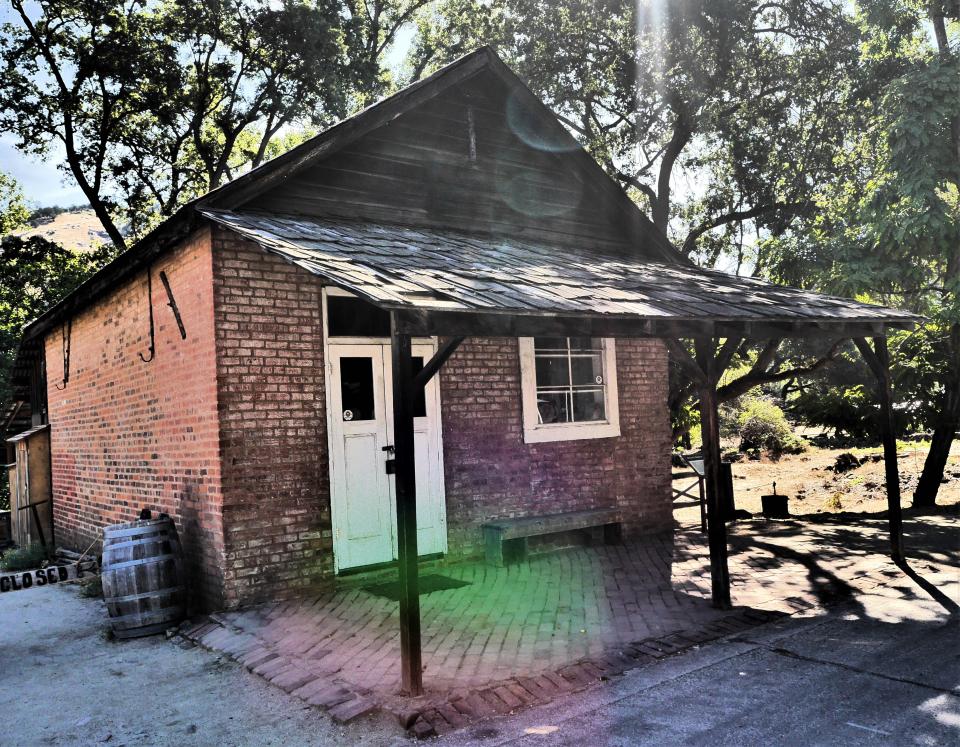
“Nothing but a couple of gas tanks and a few days in the richness of the outdoors.”
A trip was planned to visit Coloma, California, and find our gold flecks flowing from the bowels of the American River.
“We’ll be rich,” I announced with glee.
“I’ll be cold standing waist deep in rushing mountain waters, and we will be out the money for the entire adventure.”
“I love it when you say adventure,” I replied.
She rolled her eyes — but I knew that soon I would be knee-deep in the primeval mud of the river where James Marshall first discovered the gold in 1848, which would leapfrog California into being the thirty-first state in the union.
We packed and headed north for Highway 49 to find our fortune.
John Sutter, a German-Swiss settler and entrepreneur, arrived in Alta, California, in 1839. The businessman developed a small community known as New Helvetia — which would later become part of Sacramento.
The Mexican-American War raged between 1846 and 1847, bringing many military personnel to the area. When a ceasefire was agreed upon in January of 1847, many soldiers decided to stay and make their futures in what would become the future state of California.
Sutter knew a good thing when he saw it. He decided to have a sawmill constructed along the South Fork of the American river, roughly 30 miles northeast of his settlement.
For such a task, Sutter needed a brilliant and hard-working individual to oversee the construction project in the remote wilderness. His choice was a master carpenter from New Jersey named James Wilson Marshall.
The work was going splendidly, and as part of his duty, Marshall walked the sluices which fed water into the sawmill each day to ensure no blockages were coming from floating logs, mud, debris, or possibly an alien aircraft that may have happened to have landed poorly in the river causing a backup the night before.
On Jan. 24, 1848, Marshall was doing his due diligence, and low-and-behold, he saw some goldish-looking things dancing around the river’s edge.
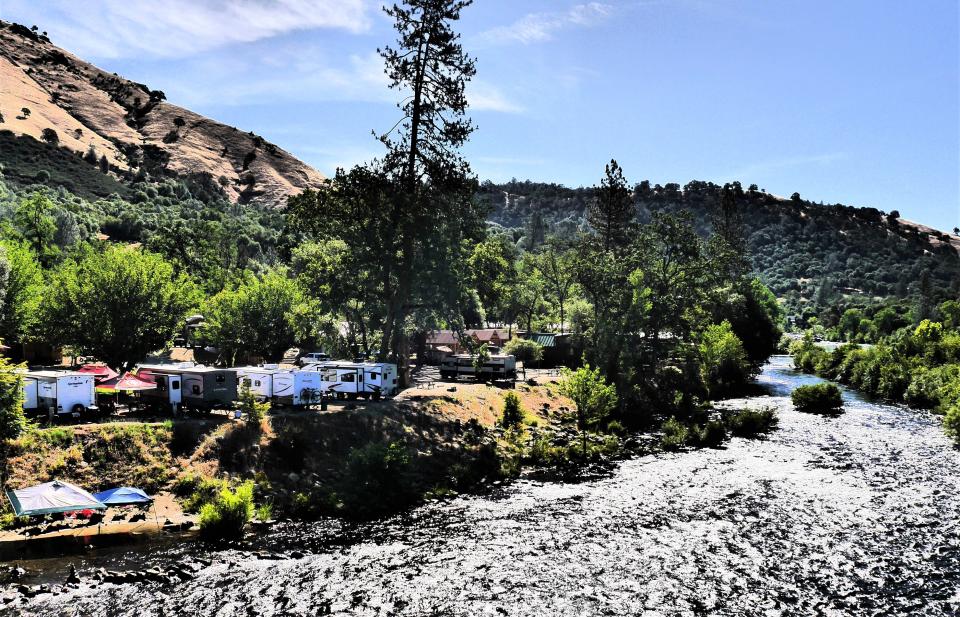
“That looks like gold,” he may have said. Though he was alone at the time, no one probably replied to his statement.
Sure enough, James Wilson Marshall had found gold flecks near Sutter’s Mill, and soon the word was out that there was gold in them thar hills and rivers.
It is rumored that Sasquatch saw what Marshall had found and told the others in his Sasquatch clan that their riverside retreat days were numbered. “And here we had all this land to ourselves, and that fella had to go and ruin it for us hairy types. Further up the mountains, all of you. Tourists will be coming soon.”
One of the greatest gold rushes was on, bringing thousands upon thousands of hopeful miners into the area. Each looking to get rich. The rest is California history.
The population of the new territory of California was about fourteen thousand people in 1848 and blew up to over eighty-five thousand folks the year following the discovery of gold at Sutter’s Mill.
Nearly 300,000 people moved into the area within the next seven years to seek their fortunes.
With this much immigration and the fact that there was a lot of gold to be dug out of the earth, California soon requested statehood which was granted on Sept. 9, 1850.
A report, not verified by this writer, was that President Millard Fillmore stated, “I can’t let this golden hen escape statehood. Let’s have Congress write it up, and I will sign it. Hmmph.”
There were cheers and loud hand clapping, except Sutter and Marshall.
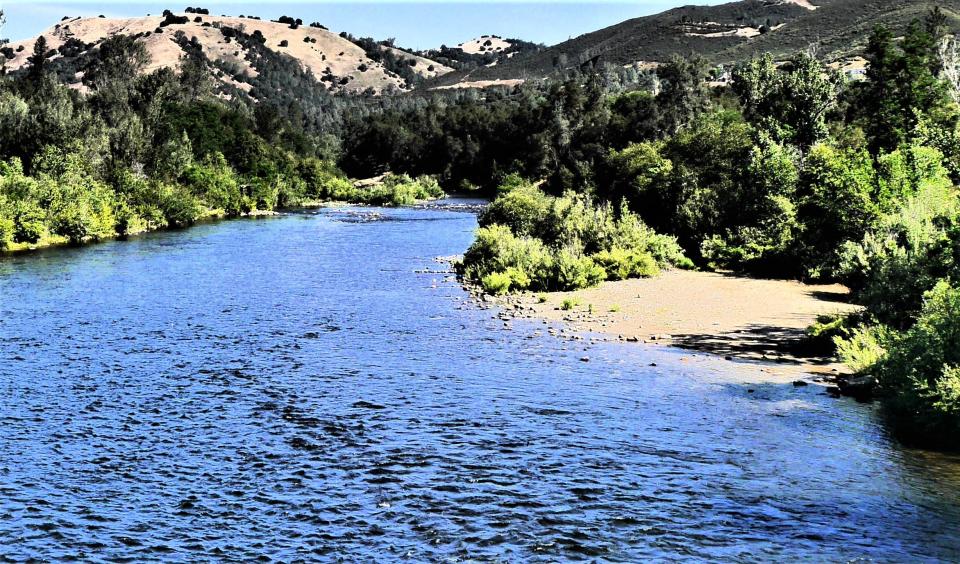
Both men wanted to keep the gold discovery a secret. They knew when news of the gold laying in gobs and gobs along the river, people would overrun the mill and surrounding area.
They were correct.
When the miners arrived, the Native Americans living in the region for eons were forced off their lands for the lure of gold.
It was a tragic event.
At the Marshall Gold Discovery State Historic Park in Coloma, there is a museum that details everything to do with the discovery of gold, the tragedy of the Native Americans living in the area, the influx of immigrants from around the world, and the time when the gold ran out, and Coloma turned into a ghost town.
And there is an extensive recount of one man who did his best during this gold rush for those who ran out of their ancestral lands.
James Wilson Marshall was a man of conviction and felt defeated that he was not allowed to ensure Sutter had the mill producing the wood products that he had been hired to provide, and felt horrible about how the natives were being treated after he found the gold.
For the rest of his life, Marshall fought for the rights of the natives living in the area and never once became rich from the gold he had found.
He died in 1885 in Kelsey, California, nearly penniless.
Laureen and I had traveled to Sutter’s Mill decades earlier when our daughters were very young. It was a great trip, as we all were with our children.
Of course, through the years, the park service has updated their game, and the site of the gold discovery had been completely redone according to exact specifications from the plans Marshall had drawn up and given to Sutter for the mill.
We walked along the paths we had shared with our children long ago, looking at the buildings still standing and those that only a kiosk now points to where a store or house once stood.
The day was warm but gentle as we walked the acres of the discovery site, and we pondered what it had been like over a hundred and seventy years ago when this beautiful fork of the blue American River flowed through the country.
It was idyllic.
“These were tough people,” Laureen said.
“Yes, they changed the course of history, both good and bad,” I replied.
We smiled, held hands, and stood knee-deep in the cooling waters of the rushing river.
I did not find my fortune in gold that day, but perhaps I already had my riches.
Email John R. Beyer at beyersbyways@gmail.com.
This article originally appeared on Victorville Daily Press: Discover California's history on display in Coloma

